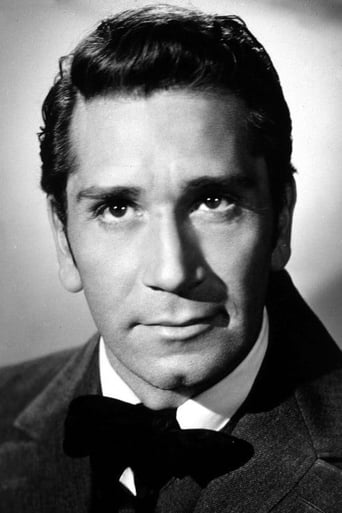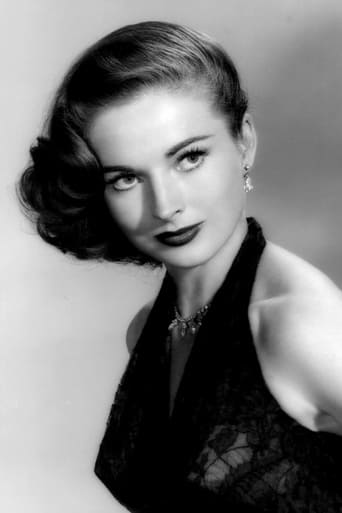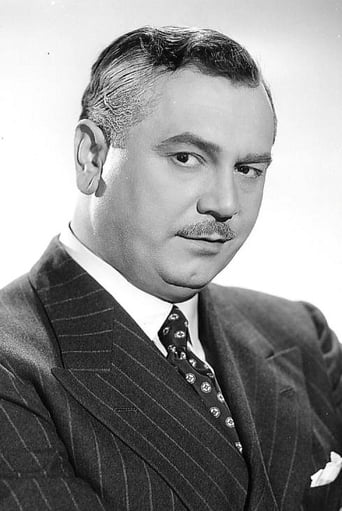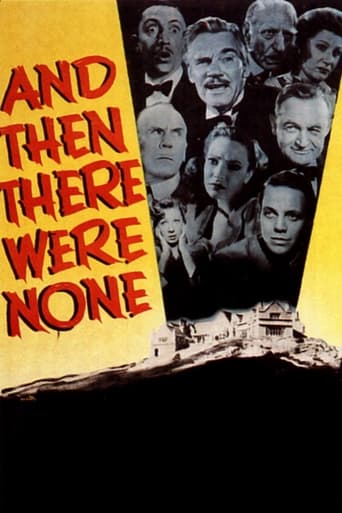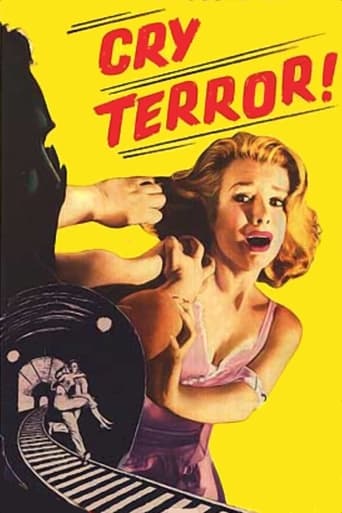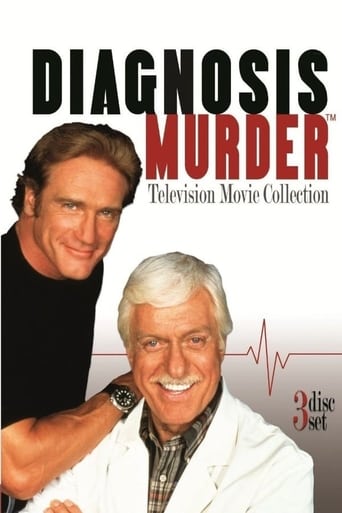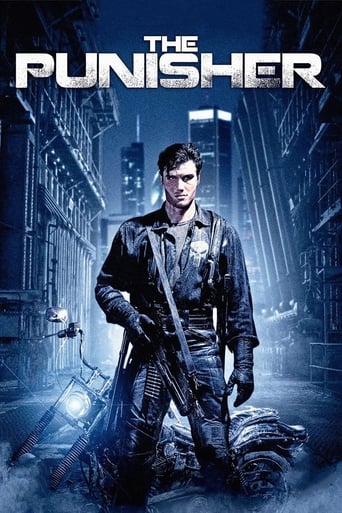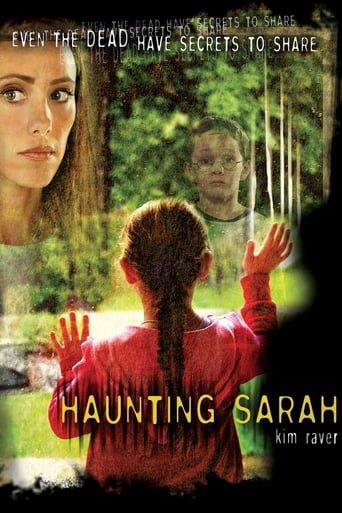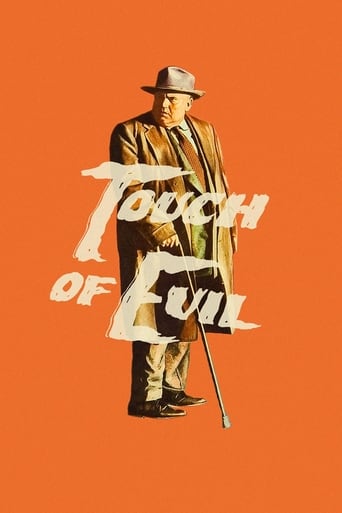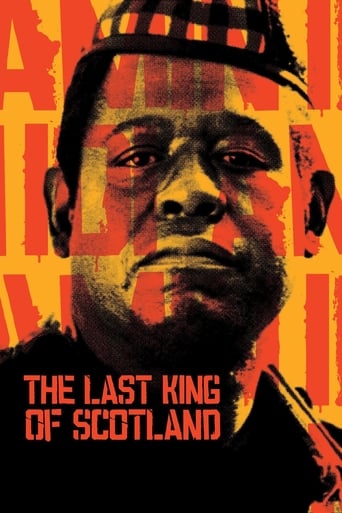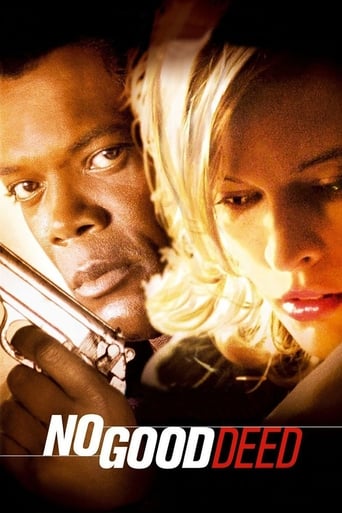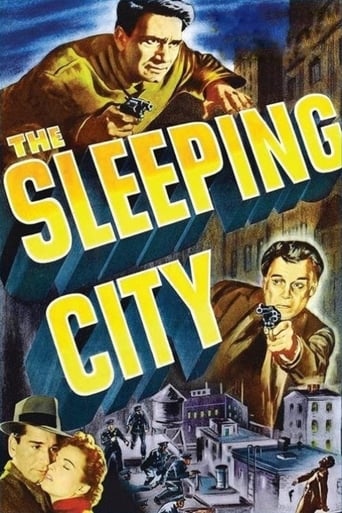
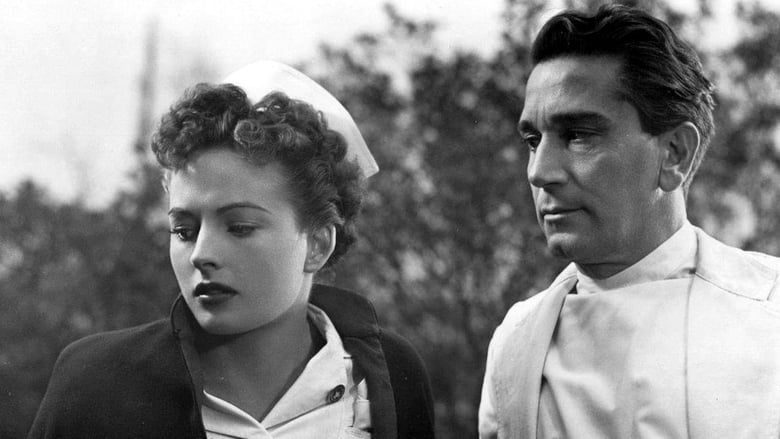
The Sleeping City (1950)
A young doctor taking a break from work is shot in the head, and the police can't find a clue even as to a possible motive. Inspector Al Gordon (John Alexander) decides that he has to put some men on duty at the hospital, and one of them is Fred Rowan (Richard Conte), a detective with experience as an army medic, masquerading as an intern. What Rowan finds is a high-pressure world in which interns are hopelessly squeezed for time, sleep, energy, and -- most of all -- money, and walk a fine line on the edge of personal and professional disaster.
Watch Trailer
Cast


Similar titles
Reviews
I've seen this several times but the last was so many years ago that the memory of the movie is a little blurry. I do wish they'd release it on DVD because, while it's no masterpiece, it's a nifty noir.Interns are being disappeared at Bellevue Hospital in New York City. (What an ugly place, then and now. Maybe all those missing interns just ran away and became artists in Bora Bora.) The police department insinuates a mole, Richard Conte, as a new guy. He's actually spent a few years in medical school, we're told. He digs into the internal dynamics of Bellevue, running into characters played by the wizened and creepy Tabor and the supernally nubile Grey.It's a tense, exciting, and interesting flick. What I remember most is Conte, the real-life half-baked medical student, parading around in whites, ordering meds to be administered, giving orders, and looking authoritative.That's one of the features of this movie that make it interesting. It's relatively EASY to fake being an MD. It's been done dozens of times by sociopaths and is probably being done even now, as we speak. Docs carry around such Aesculapian authority that ordinary mortals make many unspoken assumptions about the role.I'll give one example. A doc that I know -- a close relative and lifelong friend -- is late for meetings and appointments with the public from time to time, just like the rest of us humans. We all oversleep or forget. When you and I are late, we are castigated for our lack of organization and self discipline. When a doc rushes in late, his audience APOLOGIZES to him for disrupting his busy schedule. The assumption is made that his duties in saving mankind prevented his being on time. Well -- full disclosure: I'm a sociologist.It's marvelous to see Conte doing such a sociopathic number in the interests of justice and social control. He's rarely challenged, even when his orders are obviously a little screwy. Who's going to question the judgment of a confident young man in a white lab coat who has a stethoscope hanging around his neck and a pen light protruding from his breast pocket? These props are the equivalent of a police uniform and badge.Forgive these observations. I now step down from the podium and return to the movie. Where was I? Oh, yes. It's a neat thriller and ends, if I remember correctly, with a chase through one of those soulless basements filled with laundries and pipes and fuse boxes and what appear to be steam-producing machines.It would be nice to see it available on DVD.
Two well-known titles in the noir cycle are The City That Never Sleeps (1953) and While The City Sleeps (1956). Before them, there was the less familiar The Sleeping City. In this last (or first), what seems asleep is not so much New York as a city-within-a-city the huge old fortress of Bellevue Hospital, where, at night in its wards and among its staff, skulduggery is afoot. Bellvue opened its doors to the film's cast and crew, perhaps not wholly grasping that the resulting portrait might be less than reassuring to prospective patients. But it's not a story, at least explicitly, about malpractice. A jumpy, distracted intern on his break goes outside to grab a smoke. He ends up with a bullet through his brain. Since the murder appears to be an inside job, an undercover department of the city police plants a detective (Richard Conte) in the hospital among the interns. He's had some medical training in the army and so should pass casual muster. Taking lodging in the building and going on rounds, he makes acquaintances. Among them are his bitter roommate, Alex Nichol, nursing some resentments about not being rich, either by birth or through wedlock; ward nurse Coleen Gray, raising a young son from an unhappy first marriage; and chummy elevator operator Richard Taber, who bunks down off the boiler room where he runs a book where the cash-strapped interns can play the ponies. What Conte's after is not just the killer but the source of an infectious but non-microbial malaise that will claim Nichol, too, the night before he was to marry. Conte finds himself the prime suspect in his roommate's death and comes close to blowing his cover before his own superiors intervene. But Conte's suspicions about Taber's bookmaking operation aren't quite on the mark; it turns out that a 'white-stuff job' is the real racket....Light and portable equipment developed during World War II made location shooting finally feasible, and the low-budget second-features in the post-war years pioneered its use. The Sleeping City affects a pseudo-documentary style that also came into vogue as a complement to the new cinema-verité look (a chase through the bowels of the massive institution stays particularly sinister). Despite a nifty shot of the new interns descending an endless stairwell en masse, the vast hospital looks underpopulated, especially during the graveyard shift. But the claustrophobia (the whole picture is shot in and around the hospital) pays off. The main characters aren't many, but not so few that they can't deliver a final twist.
I saw this movie once, many years ago, in NYC. It was filmed on location at Bellevue Hospital, eighty blocks south from where I did my residency training in medicine (50's-60's.) The medical attire, locations, and medical palaver are certainly dated, but that was the way it was ... many years ago. The movie's characters (Conte et al.) were grand; an atherosclerotic, aging, Bellevue Hospital was really like that, the state-of-the-art treatments, the accomodations for patients were all shockingly interesting. In this sense, it is living history of a past medical era.The Noir is also so nicely done: hospital corridors, primitive art deco elevators, and night shots of Gotham streets. (All these retro-images are based on a film once seen by me forty years ago!)If film renovators/DVD entreprenuers were to read this clip, I would recommend they consider this movie as one that many forgotten Noirs that need to be resurrected. It would be a cryptogenic discovery. Conte was a great actor, and he has a loyal following. (This movie was in his early career, and he plays a good guy!) He would be lauded later for his Godfather roles.)
A bleak, atmospheric movie, filmed entirely on location at New York's Bellevue Hospital. Fine performances by Conte, Gray, Alexander and a slew of New York stage actors. Note the brief but significant appearance, at the beginning of the movie, by Hugh Reilly, who went on to star in the Lassie TV series.


